Parchment Paper: Luxury Writing with an Ancient History
Ancient human civilizations solved the problem of long-distance communication and record-keeping with the invention of writing. But ancient scribes soon had a new challenge to deal with—deciding on a writing material. From clay tables to parchment paper learn more about the history of communication.
Sumerian scribes easily settled for clay tablets; it was abundant and just perfect for their cuneiform scripts. Clay was alright for the earliest writing forms, but it was clunky and unwieldy. Egyptian officials solved this issue by writing on papyrus, a material made from the wild reed that grew along the bank of the Nile.
Over the next couple of centuries, the demand for papyrus far outstripped production and supply. In ancient times, the papyrus plant grew almost exclusively in the area around the Nile River, and all the other territories had to source the product from there.
Eventually, the continuous exploitation of the papyrus led to severe shortages in the last few centuries of the old era. But in addition to its relative scarcity, the papyrus had another drawback. It was only suited for dry weather conditions as it couldn’t preserve in areas with high humidity.
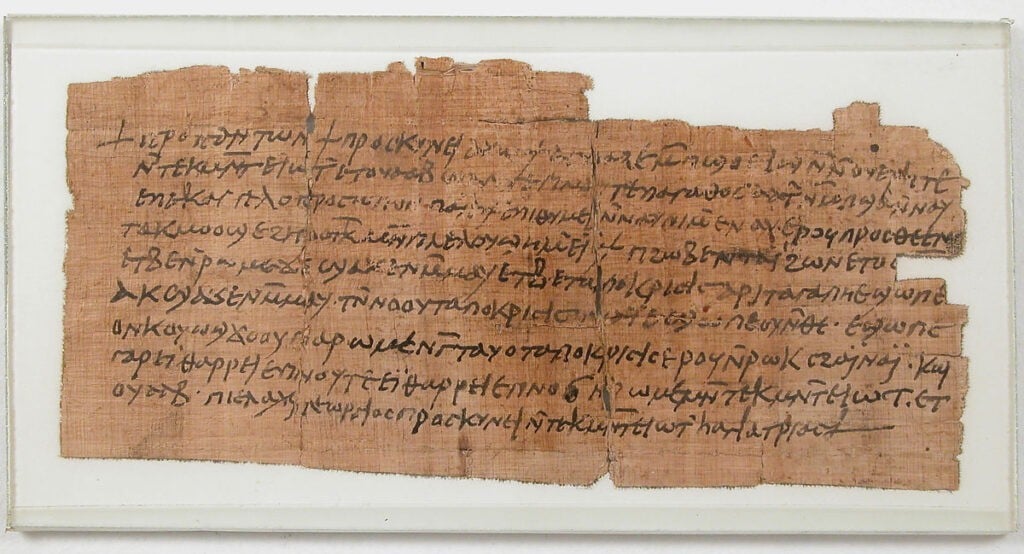
If clay was unwieldy and papyrus was brittle, the ideal writing material had to improve on both of these flaws. Enter parchment, a versatile material created from sheepskin, and goatskin or vellum (newly born calf or lamb). It is thought that parchment is named after the ancient Greek city of Pergamum, where it was first commercially produced around the 2nd century BC.
A key element of parchment is its treatment. While leather wasn’t altogether a new writing material, the new method of cleaning, stretching, and treating the animal hide for the making of parchment made it possible to use both sides of the material. This effectively contributed to the replacement of the rolled manuscript by the bound book (codex).
Ancient parchment provided a plush and convenient writing material. It is incredibly durable and can endure for centuries, but it was a luxury, and commercial production was basically unsustainable.
Eventually, around the 15th century, new techniques in paper manufacturing allowed it to be much cheaper than parchment. And parchment was largely replaced by paper for most uses except luxury manuscripts.

The allure of parchment, however, endured, and by the 19th century, the French duo of Jean-André Poumarède and Louis Figuier came up with a chemical process for a cellulose-based paper that imitated many of the qualities of parchment.
They aptly christened the new material parchment paper, and it quickly found an application in the food industry where it proved effective in the storage and preservation of food.
These days, the terms parchment paper or vellum outside of a food context refers to an affordable but high-quality paper made from wood, cotton, or flax that is long-lasting and grease resistant. It is used extensively in the food industry and in the production of certificates and legal documents.

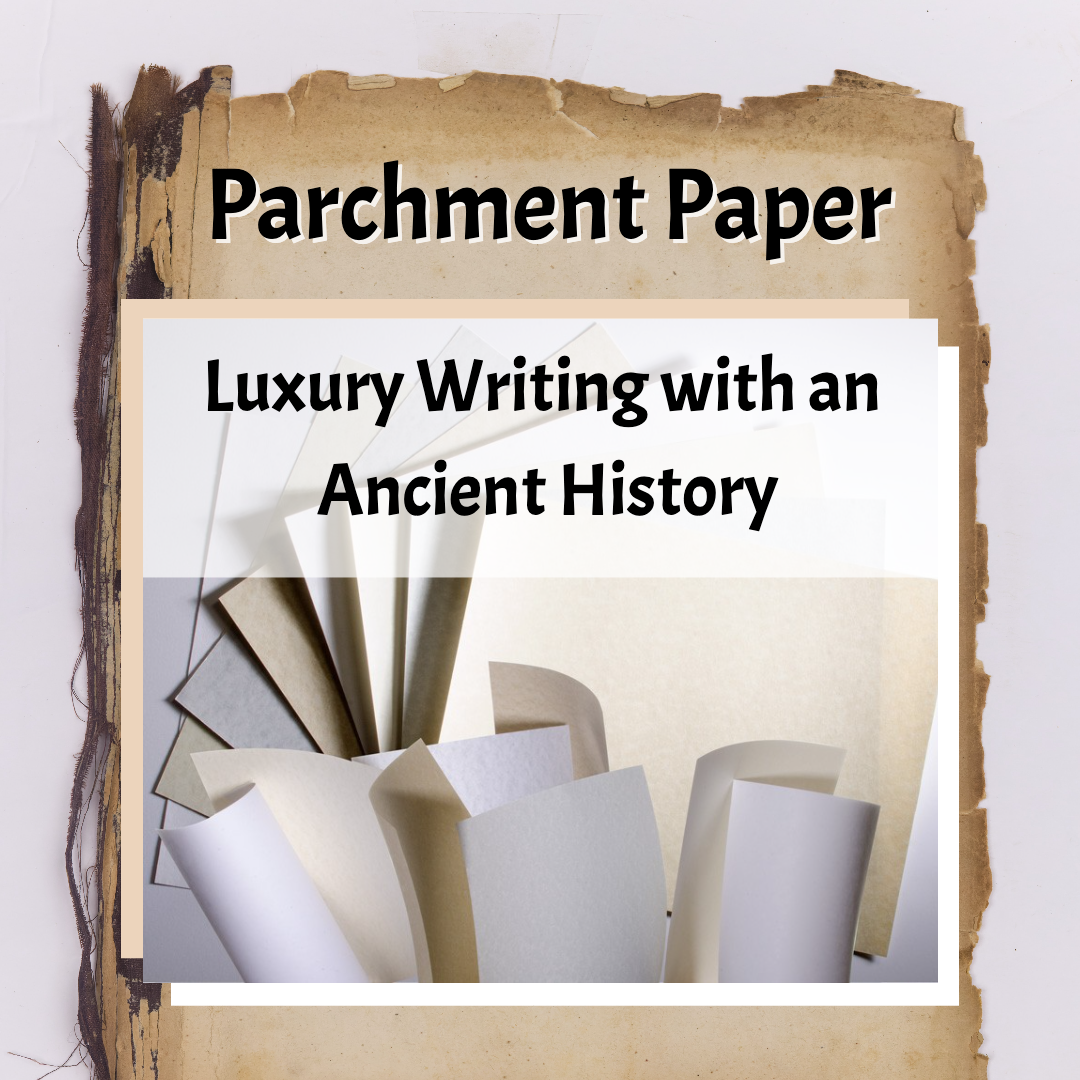
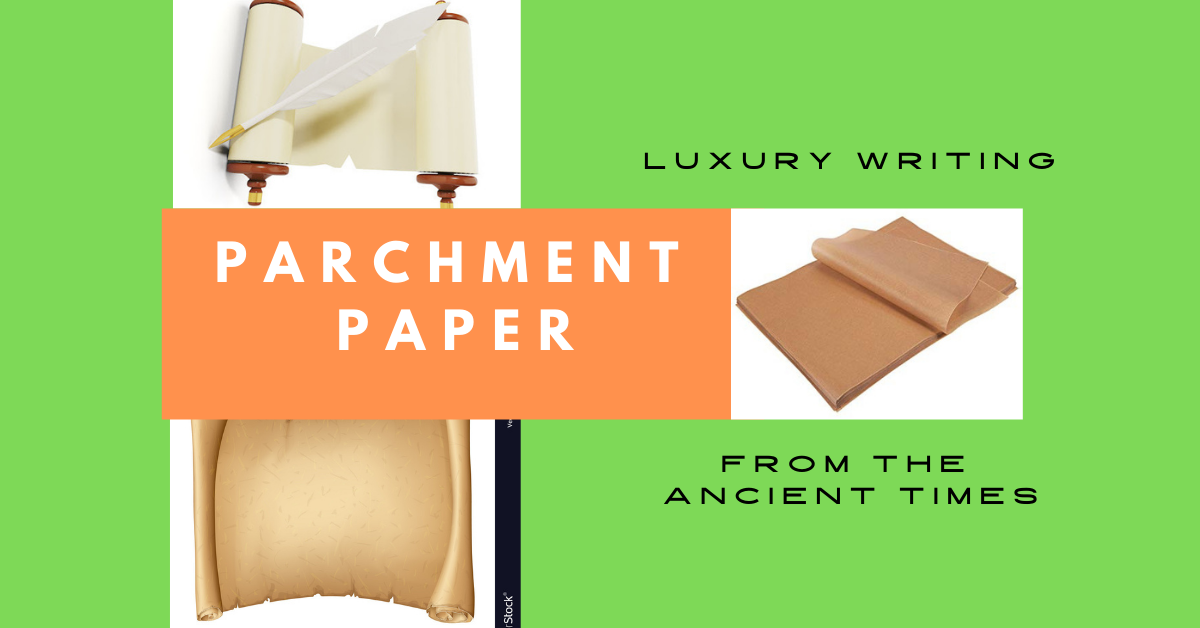
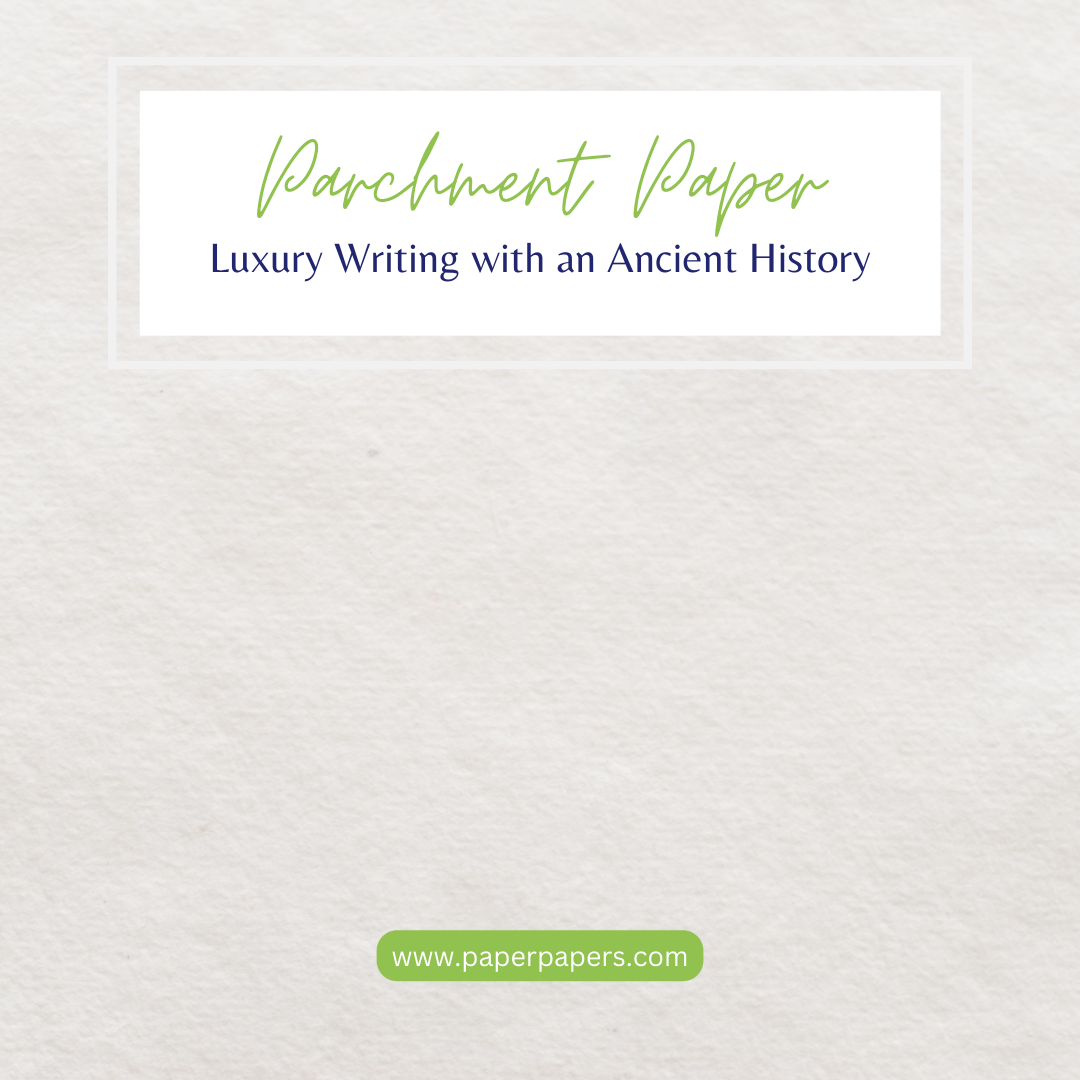

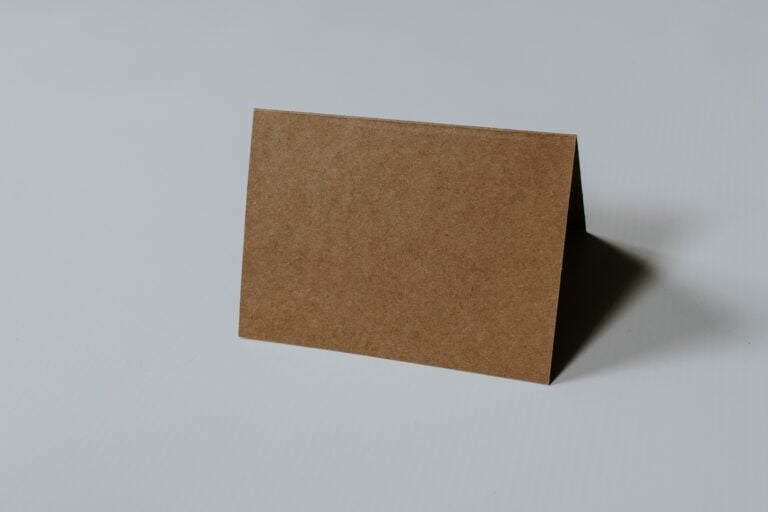
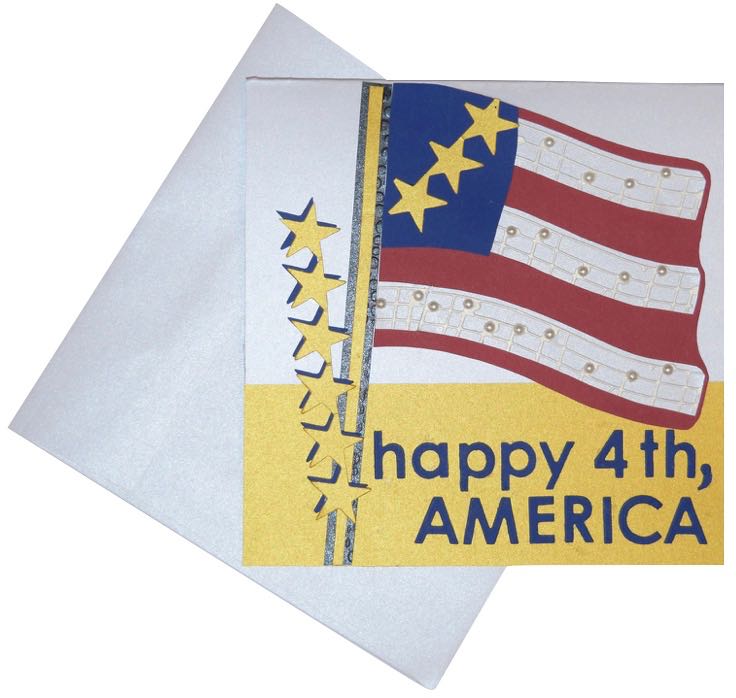



2 Comments